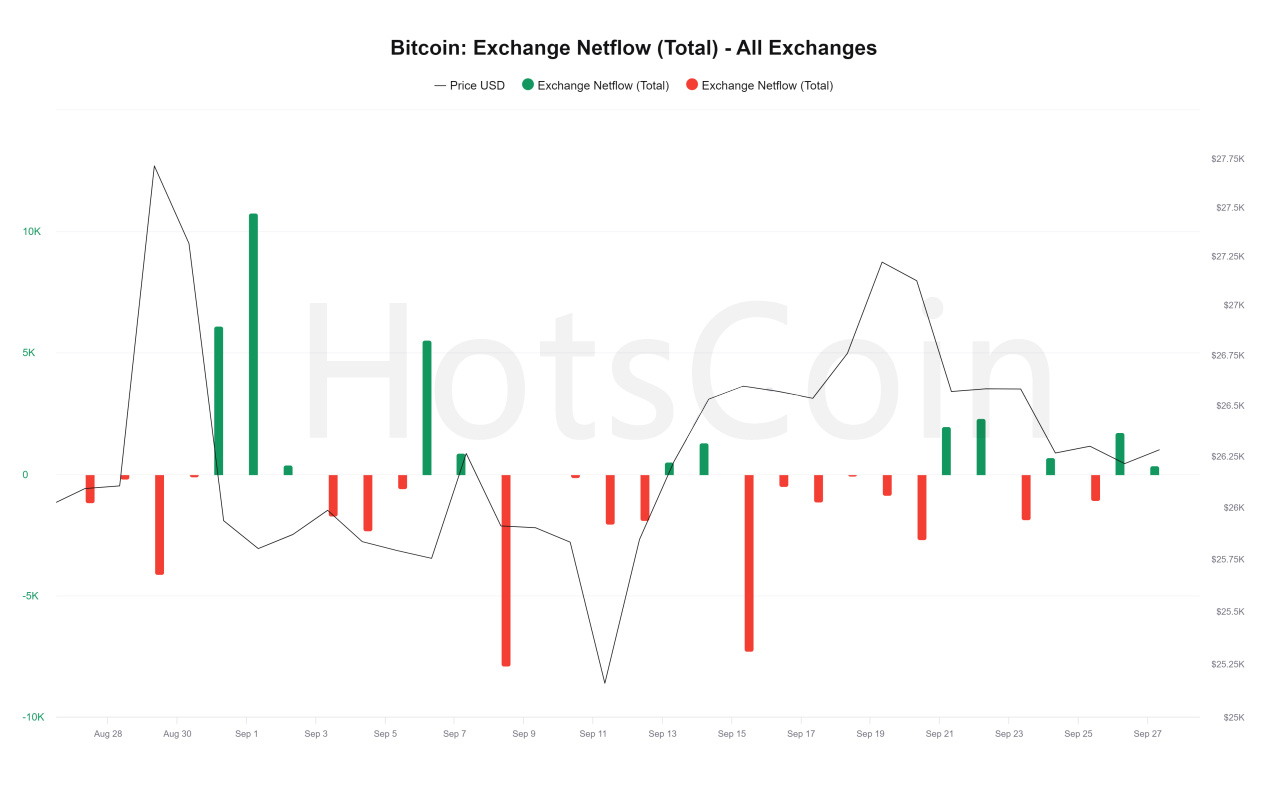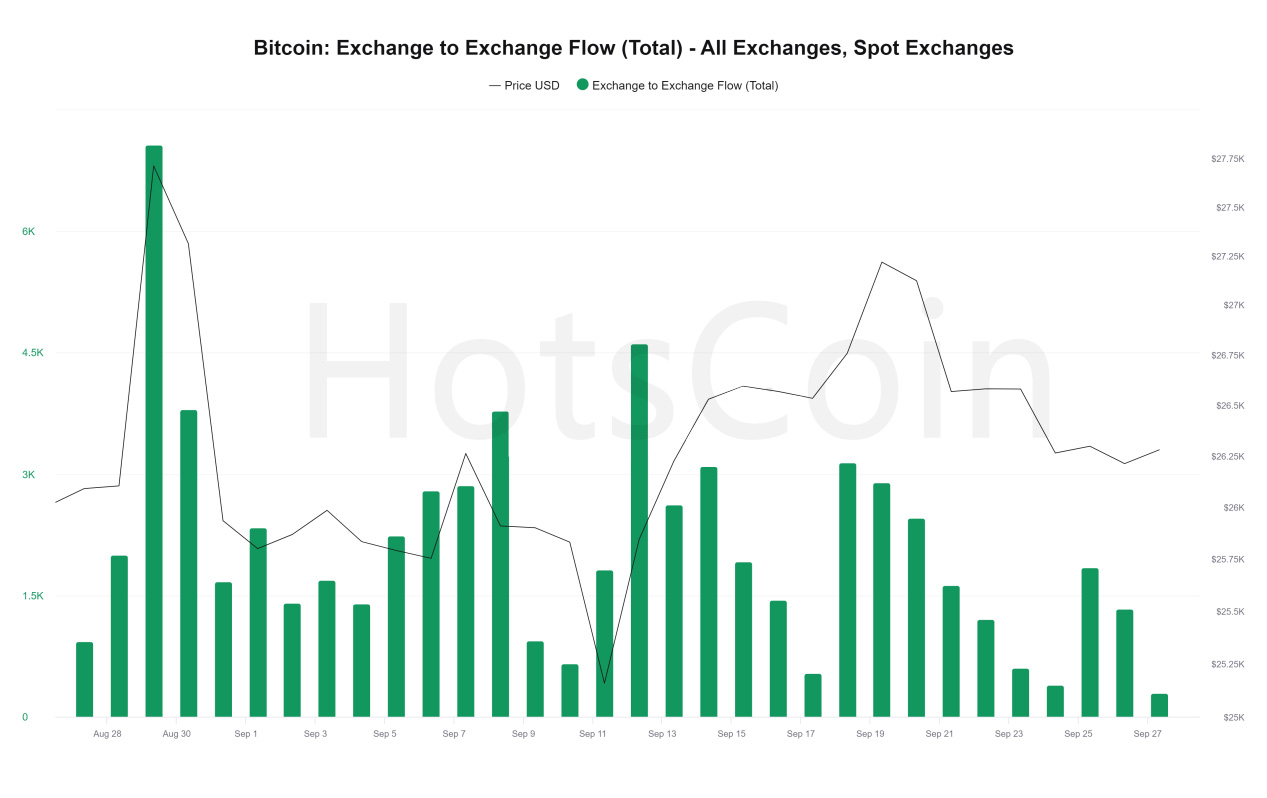In recent times, several regions have tightened regulations and conducted investigations into cryptocurrencies. The laundering incident involving over 2.4 billion Singapore dollars has led to a sudden increase in regulatory scrutiny in Singapore. Taker even changed its terms of service and suspended USDT exchange services for some Singaporean customers. Hong Kong, on the other hand, has been in the spotlight due to the false advertising incident involving the JPEX exchange, with an amount exceeding 1.5 billion Hong Kong dollars, potentially becoming one of Hong Kong's largest crypto scandals. The Hong Kong government appears to be strengthening its regulation and review of trading platforms.
Japan has shown a relatively high affinity for cryptocurrencies recently, previously allowing startups to raise funds through cryptocurrencies. However, the latest reforms will involve regulations concerning IEOs and stakeholder lock-up mechanisms. Coinbase, on the other hand, is shifting its focus to the European region and is planning to apply for MiCA as a center for the European market among EU member states.
Currently, major exchanges face resistance in the existing markets of China and the United States while seeking to find and expand into new regions suitable for cryptocurrency development. They also have to deal with regulatory uncertainties in various regions, creating a sense of encountering a development bottleneck. The cryptocurrency market itself lacks a compelling narrative, and its perceived safe-haven financial attributes are currently overshadowed by U.S. bonds, gold, and AI technology stocks. It seems that we need to await new significant opportunities to emerge. Let's take a look at on-chain data dynamics and changes in investor sentiment.

Let's first take a look at the net flow data of exchanges. In the past week, Bitcoin prices have experienced a decline, and the net flow data on exchanges has started to shift from net outflows to net inflows. The combination of price decline and net outflows is not a very favorable trend. When price and volume decline together, it creates a negative spiral. However, at the moment, this is only a minor trend. There is still strong support around 26,000. The overall market dynamics have not concluded, and it is important to remain vigilant and observe.

Next, let's take a look at the flow between exchanges. This data is less commonly observed but is considered implicit data, tracking interactions between entities of different exchanges. When trading volumes are high, active tokens often need to be exchanged and settled between exchanges. However, when trading volumes are low, this frequency decreases significantly. Therefore, it indirectly reflects the current sluggishness in the spot trading market and the challenges faced by medium and small exchanges (most of the time, medium and small exchanges need to cash out through larger exchanges). The latest Bitcoin trading volume data shows that Bitcoin's spot trading volume is currently at its lowest level since 2019.
Let's take a look at the flow between entities of exchanges. This data is generally less observed, and it's considered implicit data, tracking interactions between entities of different exchanges. When trading volumes are high, some active tokens often require mutual exchange and settlement between various exchanges. However, when trading volumes are low, this frequency decreases significantly. Therefore, it indirectly reflects the current sluggishness in the spot trading market and the challenges faced by medium and small exchanges (most of the time, medium and small exchanges rely on larger exchanges for cash settlement). The latest Bitcoin trading volume data shows that Bitcoin's spot trading volume is currently at its lowest point since 2019.
Regulation has always been a double-edged sword for cryptocurrencies. However, the cryptocurrency market now seems to be waiting for regulatory clarity. The once decentralized cryptocurrency market has partially entered the centralized financial markets. Gone are the days of heavy promotion of blockchain technology and blind faith in Bitcoin. It now resembles more of a speculative financial asset, making it highly sensitive to capital flows. It has lost some of the faith and expectations in blockchain technology, leading to rapid inflows and outflows of funds.
The cryptocurrency market is in a phase of low trading volume and lacks a compelling narrative. So, what conditions are sufficient to trigger a new bull market in the cryptocurrency space? Here are a few key factors in my personal assessment:
- The enactment of stablecoin regulations (Stablecoins represent the printing press of cryptocurrencies).
- Clearer delineation by the U.S. SEC on the regulation of tokenization (No longer a looming regulatory threat).
- Approval of a Bitcoin spot ETF (Involving traditional institutional investors like BlackRock and Fidelity).
These are three major news fronts that are currently being evaluated and could potentially shape the future. As for known factors like the Bitcoin halving or network upgrades like the Taproot activation, their impact has diminished. In the big picture, pay attention to the U.S. economy and Federal Reserve policies, while also keeping an eye on the aforementioned three major news fronts.
Stay cautious before events occur and be prepared to follow trends afterward, adopting a strategy that focuses on high probability events with significant profit potential. Many are hopeful for a bull market in 2024-2025. Currently, my personal portfolio consists of 10% in spot Bitcoin, 15% in short positions hedging (at $26,600), and I'm not participating in the October market. Instead, I'm waiting for opportunities to build positions in Bitcoin when it starts with a "1" or for developments on the three major news fronts. (Please note that these views are for reference only and do not constitute investment advice.)

No comments yet